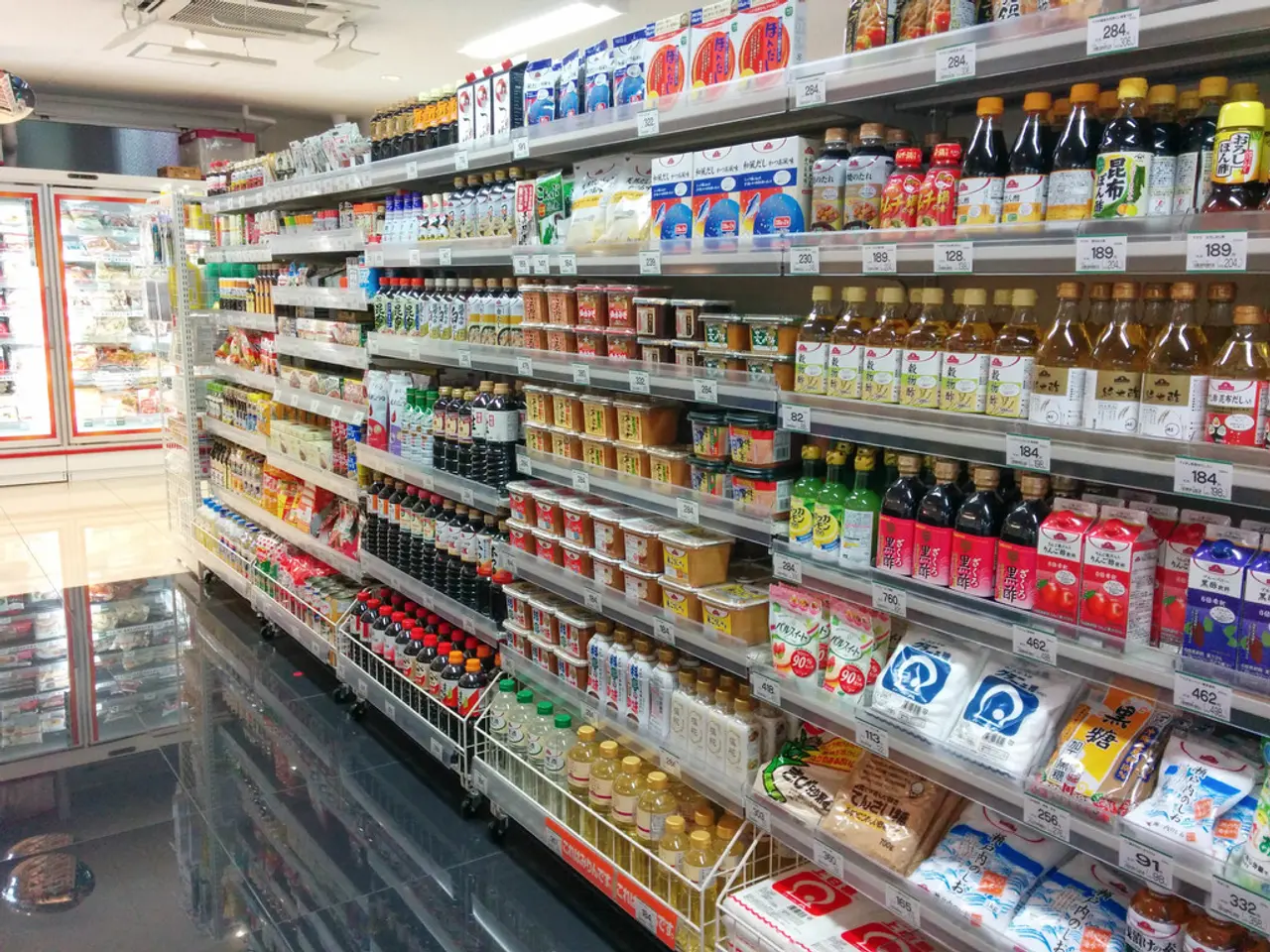Traditional supermarkets face competition from Aldi, Lidl, and Trader Joe's, as these discount retailers eat away at their market share.
In the ever-evolving world of grocery retail, three discount chains - Trader Joe's, Aldi, and Lidl - are making significant strides, putting pressure on traditional supermarket chains.
According to data analytics firm Placer.ai, Aldi is experiencing a surge in foot traffic, growing at a faster pace than the overall grocery market. The company's average visits per store are up 1.6% from 2024 and a staggering 26.7% higher than in 2022. Aldi's store traffic growth suggests it isn't just cannibalizing its own business with new locations, but expanding its reach.
Meanwhile, Lidl is expanding into major cities and focusing on its thriving suburban segment. The German discount retailer has made gains with suburban-style shoppers, increasing its share from 11.8% to 14.5%. Lidl's share with the "power elite" demographic has risen from 8.4% to 11.2%.
Trader Joe's, known for its private-label products and cult-like following, is also making waves. The company saw an 11.9% year-over-year increase in foot traffic nationwide. In California, Trader Joe's increased its share of grocery visits to 15.7% in the first half of 2025, up from 13.2% in 2019.
Safeway, Vons, and Ralphs, on the other hand, lost market share in California compared to Trader Joe's in the first half of 2025. Stater Bros. was the exception among California competitors, with a 1% increase in market share.
Lidl's dual strategy could help boost brand recognition and grow beyond its current strongholds. The company is broadening its customer base by targeting older shoppers and focusing on urban expansion. Lidl's share of "single-and-starter" shoppers has declined from 10.9% in 2019 to 8.7% in 2025.
As of late June 2025, Aldi operated 2,547 U.S. stores, while Lidl currently operates 187 locations in the U.S.
These trends reflect a bifurcated retail market in 2025, with value and experience-oriented brands like these discounters gaining foot traffic despite broader economic uncertainties.
Sources: Placer.ai consumer and foot traffic data (August 2025); Grocery Dive interview insights on Lidl (August 2025); analysis on ownership and store models.
In the evolving lifestyle landscape, Aldi's food-and-drink offerings and Trader Joe's home-and-garden items are attracting a surge in foot traffic, showcasing their dominance in the grocery market. Meanwhile, Lidl's shopping experience expansion into major cities, along with its suburban segment focus, is attracting the attention of a broader customer base.




